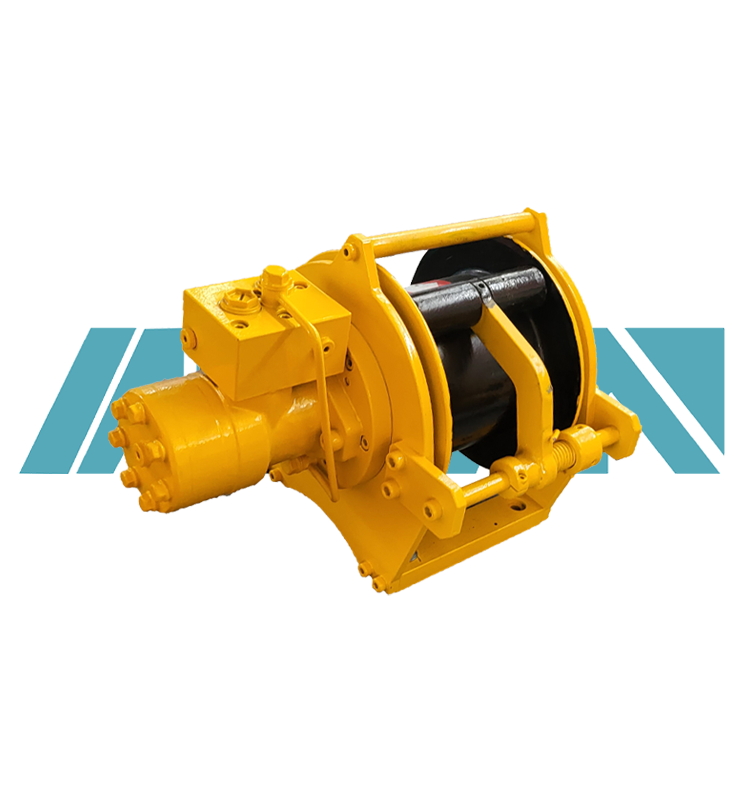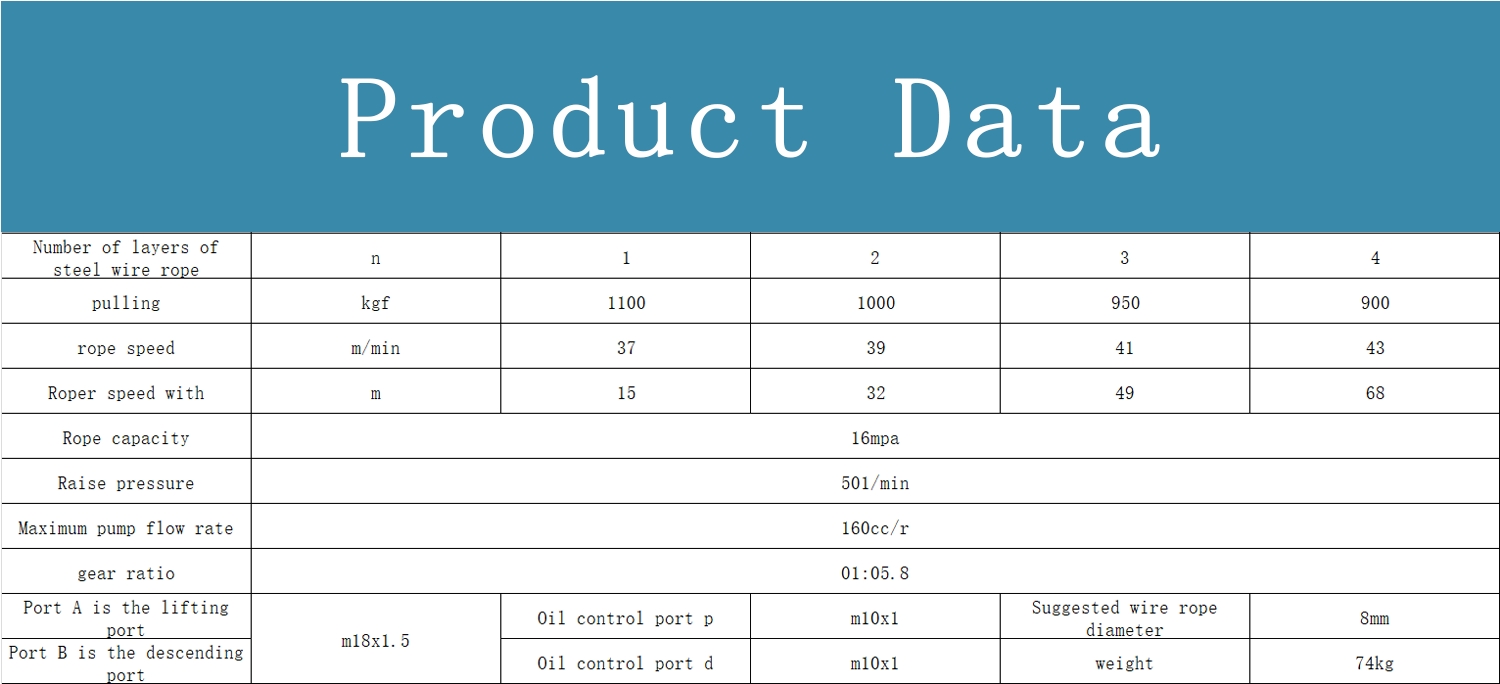 中文版
中文版



Welcome to contact us by phone:0086-0312-7969888
A hydraulic winch is a complex system with several key structural components that work together to provide the power, control, and mechanical force needed for lifting, pulling, and positioning heavy loads. Here are the main structural components of a hydraulic winch:
Hydraulic Motor:
The hydraulic motor is a crucial component that converts hydraulic pressure into mechanical power. It drives the winch's drum or gear mechanism to perform the lifting or pulling action. Hydraulic motors come in various types, such as gear, vane, or piston motors, depending on the design and requirements of the winch.
Drum or Gear Mechanism:
The drum or gear mechanism is responsible for winding and unwinding the cable or rope. The type of mechanism used determines the winch's lifting capacity and the length of cable it can handle. The drum provides a spooling surface for the cable or rope.
Hydraulic Pump:
The hydraulic pump pressurizes hydraulic fluid, creating the force necessary for the operation of the hydraulic motor. There are various types of hydraulic pumps, including gear pumps, vane pumps, and piston pumps, each with its own advantages in terms of efficiency and pressure capabilities.
Control Valve:
The control valve is a key component that regulates the flow of hydraulic fluid to the hydraulic motor. It allows the operator to control the speed and direction of the winch, enabling precise and efficient load handling. The valve may have multiple sections to control different functions or movements.
Hydraulic Reservoir:
The hydraulic reservoir stores hydraulic fluid. It ensures a constant and readily available supply of fluid for the pump. The reservoir also aids in cooling the hydraulic fluid and helps filter out contaminants.
Hoses and Fittings:
Hydraulic hoses and fittings transport the hydraulic fluid between the pump, motor, control valve, and other components. They are crucial for maintaining the integrity of the hydraulic system and ensuring a reliable flow of fluid.
Braking System:
Hydraulic winches typically include a braking system to control and secure the load during lifting or lowering operations. The braking system ensures safety by preventing uncontrolled movements and holding the load in place when the winch is not in operation.
Frame and Mounting:
The frame and mounting structure of the winch provide support and stability for the hydraulic components. They are designed to withstand the forces generated during lifting or pulling operations and are often mounted on various types of machinery or equipment.
Electric or Manual Control System:
The control system allows the operator to manage the winch's functions. In some cases, this may include an electric control panel for remote operation, while others may have manual controls directly on the winch.
Pressure Relief Valve:
The pressure relief valve is a safety feature that protects the hydraulic system from overpressure. It opens to release excess pressure and prevent damage to components.
These structural components work together to create a hydraulic winch system capable of handling heavy loads with precision and control. The specific design and configuration of these components may vary based on the type and application of the hydraulic winch.

X